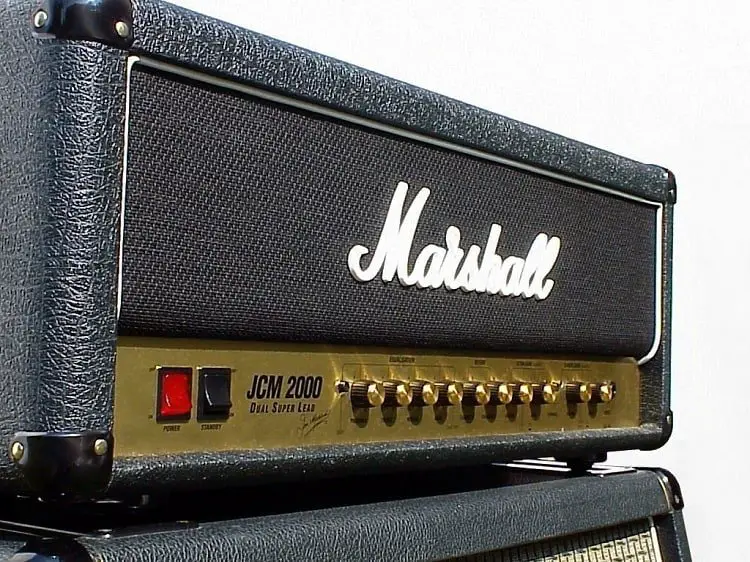

Two channel, each with two voicings, provide a huge pallet.Reviews: 16For those in need of three channels and wish to pay an added premium, Marshall also offers its JCM 2000 Triple Super Lead Series. 100 watts of Marshall goodness in a clean, classic chassis. I did the C12 mod (clipped it out) and found red channel OD1 thicker and usable at my lower gain settings.By far, the best amp I have ever owned. It has a good clean, awesome crunch (green channel crunch is where mine stays 90% of the time) and the red channel/high gain tones are right there in the modded 800 or 900 territory. A '98 DSL50 head was purchases years ago to scratch my Marshall itch and it's not going anywhere as I love it.
There was a tendency for the bias to drift and redplate the output tubes. More playing, less talking, and more tonal options This time it's going through a Marshall 1960B cab wit.The catch is the DSL100, they had an issue early on with the PCB that had the bias supply on it. FeaturesThis is a redux of a video I did earlier this year. As a practice amp, or as a club or gigging amp, the DSL 201 offers a wide range of tonal options.
With that said, the green channel can approximate some good Marshall tones.There is only one EQ , and to me this is the big compromise because sometimes I like to play it like a multi channel amp going from clean to lead channel etc. But it can't compete in tone, punch, and clarity with older Marshall's or most boutique amps. General consensus is quite favorable to the Drakes.Click to expand.I have had a British model for a long time now, So here are a few things:It's a great, cost effective work horse amp. Just make sure that you know what you are getting with the pre 2004 models.The DSL100 switched to Dagnall transformers early on, but the DSL50 had Drake transformers well into the 2000s.
I cranked it until the concrete walls bled. You lose some of the pre amp tone and get some amp section breakup which greatly enhances the overall sound.Also, just for fun once, I ran the green channel on my 100 watt DSL with the gain all of the way up, but the crunch section out. The upside of this is that if you intend on playing it like a single channel amp, you have a LOT of variety in shaping the tone that you desire.One of the tricks that I use is to thicken the red channel by adding more gain than I like, then rolling down the guitar volume until it tightens up nice.They also come to life when you crank them up.
It runs around $200 and will require a professional an hour to replace ($100?). This equates to the amp becoming either quieter or outer, and eventually the amp fails to death.The fix for this bias drift issue is complicated and can be done a variety of ways techs developed, but ultimately Marshall made a replacement PC board available that fixes all of the issues together. As a reulst, when the amp heats up (after about an hour) the plastic of the PC board becomes connective and causes "BIAS DRIFT". Kinda funny, I was just using my JCM2000 TSL last night at practice for the first time in years.However, be aware that the stock PC board on most JCM2000s are made with an incorrect plastic for guitar amp application. Some of my favorite Marshalls. Truth be told though, it was WAY to loud to ever do again.Agree with all of the above - great, versatile amps.
Jcm 2000 Review Mods For Years
There are a tone of guys who worked out mods for years to fix this, but just ignore them now that the board was released. If later, its ok.Here is a link to the replacement board, but you can google "Marshall JCM2000 replacement board" and you will find a lot of them. The later versions corrected this issue after 2003.


 0 kommentar(er)
0 kommentar(er)
